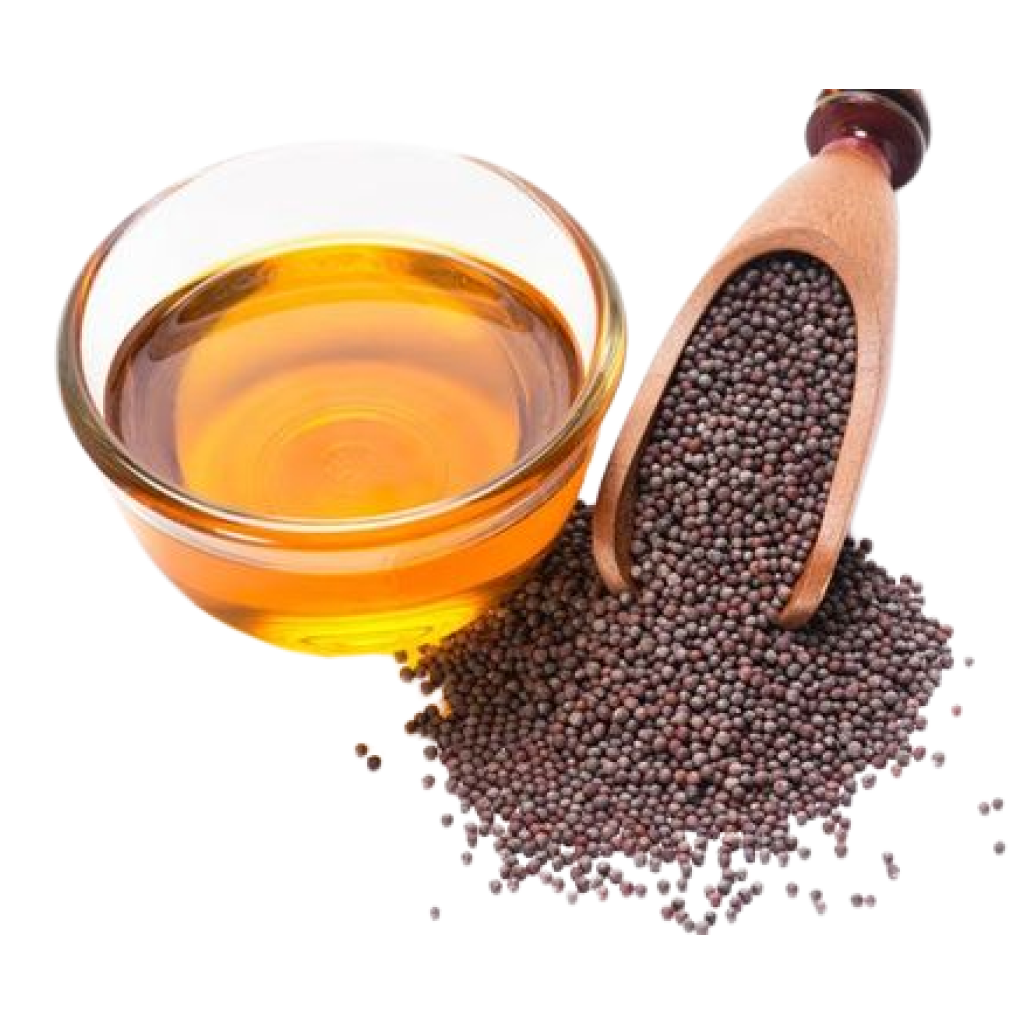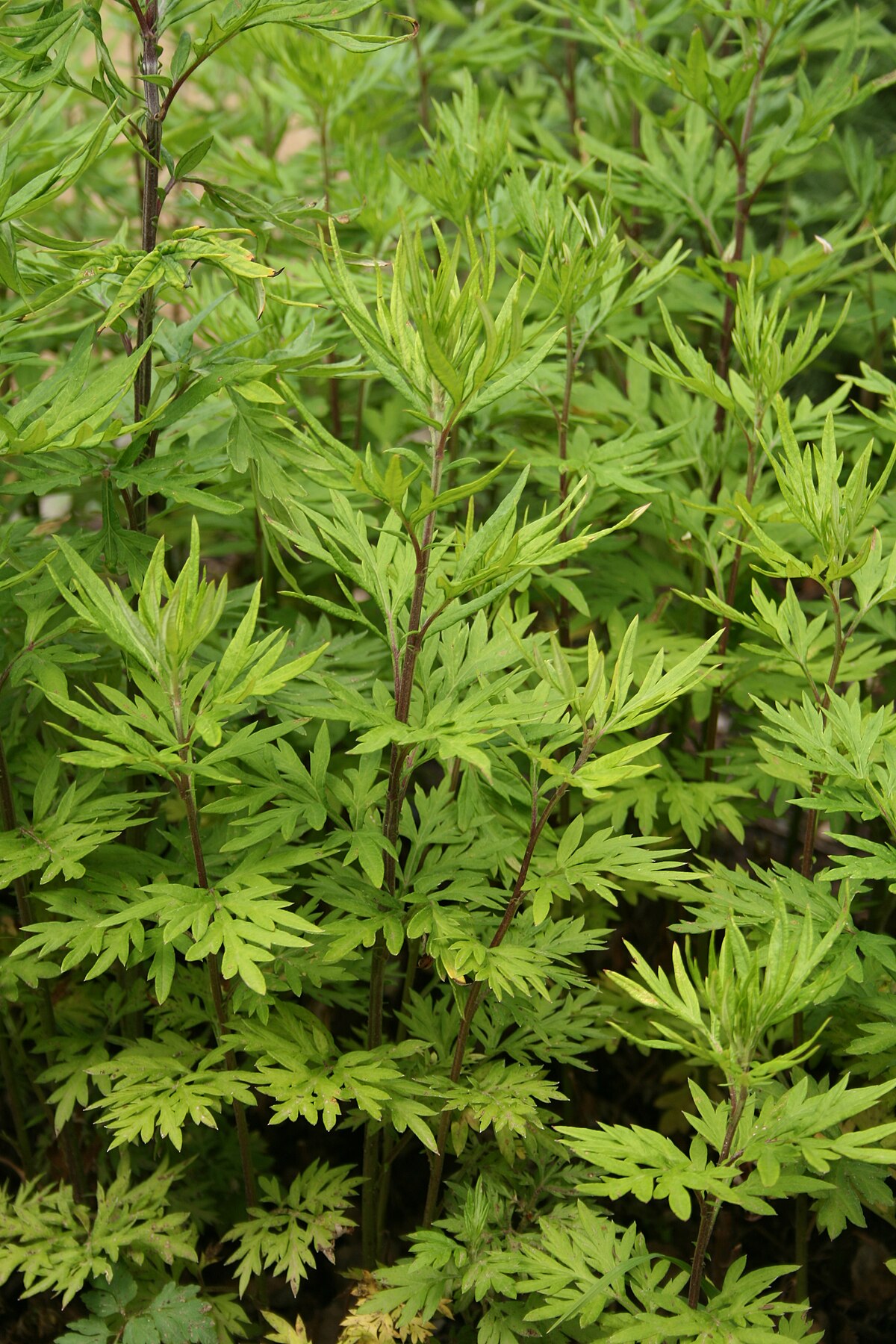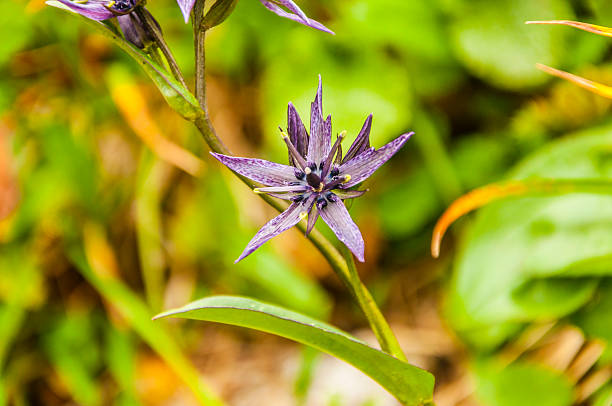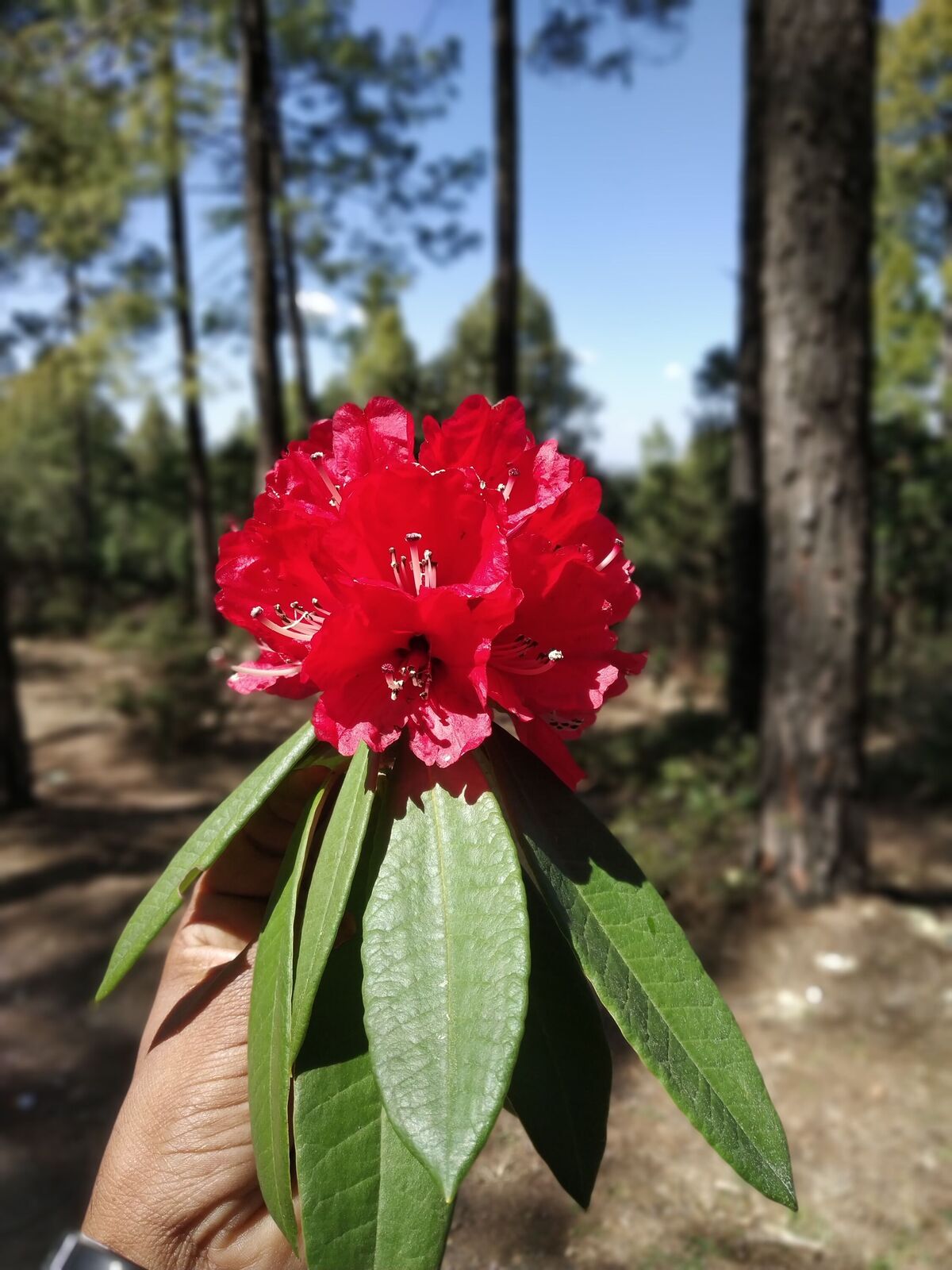Share this Article
Introduction: The Role of Artemisia Species in Nepalese Traditional Medicine
Nepal's rich biodiversity and varied climatic zones have fostered the growth of numerous plant species with significant medicinal properties. Among these, the genus Artemisia, comprising over 500 species worldwide, holds a prominent place in Nepalese traditional medicine. These plants are utilized extensively by indigenous communities, particularly in the hilly and mountainous regions, for their therapeutic benefits.
In Nepal, species such as Artemisia vulgaris (commonly known as Titepati), Artemisia indica, Artemisia capillaris, and Artemisia dubia are frequently employed in various forms—fresh, dried, or as essential oils—to treat a wide array of ailments. Their applications range from alleviating digestive disorders and respiratory issues to addressing skin conditions and menstrual irregularities.
Botanical Characteristics of Artemisia Species in Nepal
Nepal's diverse topography and climatic conditions provide an ideal habitat for various Artemisia species. These plants are predominantly found in the temperate and subalpine zones, thriving at altitudes ranging from 1,500 to 4,100 meters above sea level. Species such as Artemisia vulgaris, Artemisia indica, Artemisia capillaris, Artemisia sieversiana, and Artemisia dubia are commonly found across different regions of Nepal.
Artemisia species are characterized by their aromatic leaves and small, clustered flower heads. The plants typically have finely divided, often silvery or grayish-green leaves, and produce yellow or greenish-yellow flowers. Many species emit a distinctive aroma due to the presence of essential oils, which contribute to their medicinal and culinary uses.
Medicinal Uses of Artemisia Species in Nepal
In Nepal, Artemisia species have been integral to traditional medicine systems, particularly among indigenous communities. These plants are utilized to treat a wide range of ailments, including fever, gastrointestinal disorders, respiratory issues, and skin conditions.
1. Artemisia vulgaris (Titepati)
Artemisia vulgaris, locally known as Titepati, is one of the most widely used species in Nepal. The leaves and flowering tops are utilized in various forms—fresh, dried, or as essential oil. The plant is known for its anthelmintic, antispasmodic, anti-inflammatory, and antimicrobial properties. It is commonly used to treat digestive issues, menstrual disorders, and to alleviate pain. The essential oil extracted from A. vulgaris contains compounds such as cis-thujone, trans-thujone, and 1,8-cineole, which contribute to its therapeutic effects.
2. Artemisia indica
Artemisia indica is utilized in Nepalese traditional medicine for its antimicrobial and anti-inflammatory properties. The leaf paste is applied to cuts and wounds, and the juice is used for treating indigestion and as an anti-leech remedy. The essential oil of A. indica contains compounds such as ascaridole and isoascaridole, which exhibit antimicrobial activity.
3. Artemisia capillaris
Artemisia capillaris is used in traditional medicine for its hepatoprotective effects. It is employed in treating liver disorders and is known for its antioxidant properties. The plant is also used in the preparation of herbal teas and decoctions.
4. Artemisia sieversiana
Artemisia sieversiana is utilized for its anthelmintic, deobstruent, and emmenagogue properties. A decoction of the plant, combined with other herbs, is used as a wash to relieve painful joints. The plant is found in dry areas of Nepal, particularly at higher altitudes.
5. Artemisia dubia
Artemisia dubia is used in the Newar community of Kathmandu for treating cuts and wounds. The leaf oil has shown cytotoxic activity against cancer cells and marginal antifungal activity against Aspergillus niger. The essential oil contains compounds such as chrysanthenone, coumarin, and camphor.
Chemical Composition and Biological Activities
The chemical composition of Artemisia species varies depending on the species and the altitude at which they are grown. For instance, Artemisia vulgaris grown at higher altitudes in Nepal has shown increased levels of phenolic compounds, flavonoids, and essential oil content, which contribute to its enhanced antimicrobial and anti-inflammatory activities. The essential oils of A. vulgaris contain compounds such as thujone, camphor, and 1,8-cineole, which exhibit various biological activities.
Similarly, the essential oils of Artemisia indica and Artemisia dubia have demonstrated antimicrobial and cytotoxic activities, indicating their potential as sources of bioactive compounds for pharmaceutical applications.
Cultural Significance and Conservation
In Nepal, Artemisia species hold cultural significance, particularly among indigenous communities. The plants are used in traditional rituals, as offerings, and in the preparation of herbal medicines. For instance, Artemisia vulgaris is used in religious ceremonies and is believed to have protective properties.
However, the overharvesting of these plants for medicinal and commercial purposes has led to concerns about their conservation. Efforts are being made to cultivate Artemisia species sustainably and to promote their conservation in the wild. Community-based initiatives and government programs are being implemented to ensure the sustainable use and conservation of these valuable plants.
Future Prospects and Research Directions
The growing interest in natural products and traditional medicine has highlighted the importance of Artemisia species in Nepal. Future research should focus on the detailed phytochemical analysis of these plants, exploring their potential therapeutic applications, and developing sustainable cultivation practices. Collaborations between researchers, local communities, and policymakers are essential to harness the full potential of Artemisia species while ensuring their conservation for future generations.
In conclusion, Artemisia species are invaluable to Nepal's traditional healing systems, cultural heritage, and biodiversity. Their multifaceted roles highlight the importance of integrating traditional knowledge with modern conservation efforts to preserve these plants for future generations. Continued research and sustainable practices will ensure that the benefits of Artemisia species remain accessible to all, reinforcing their status as a cornerstone of Nepalese heritage.
Categories:
Medicinal Plants of Nepal
Tags:
MedicinalArtemisia







